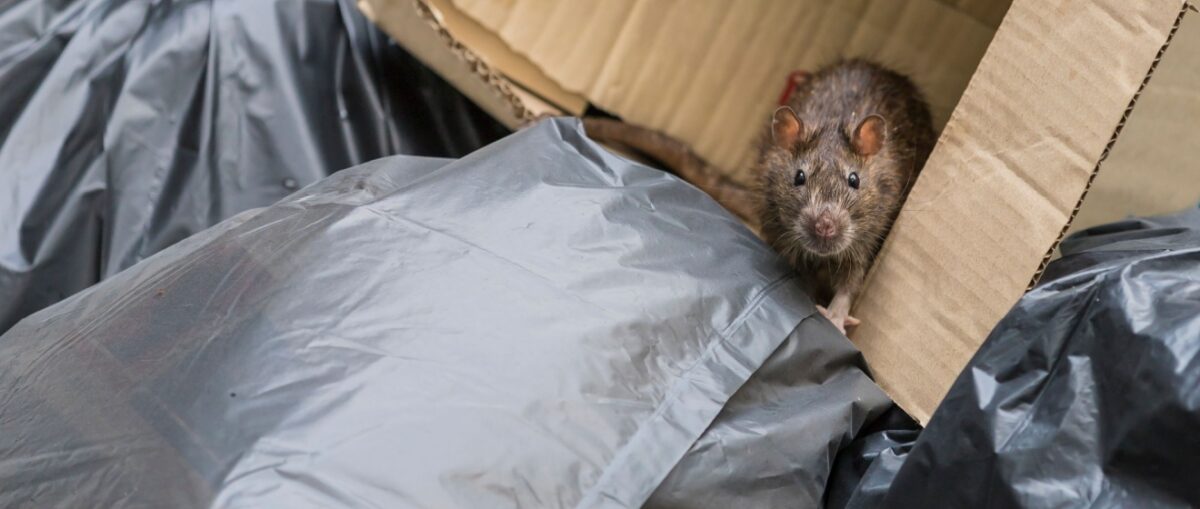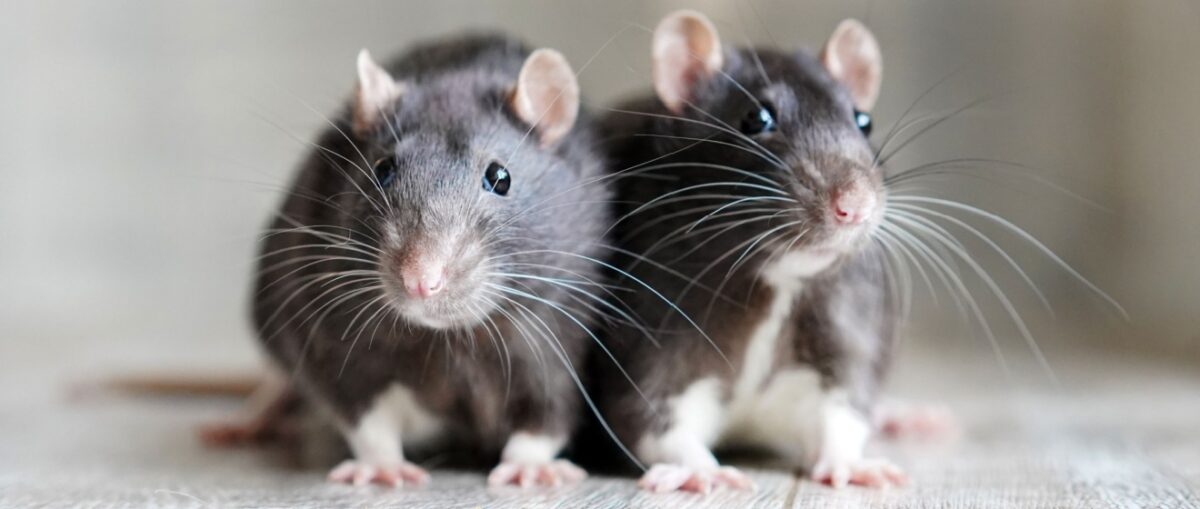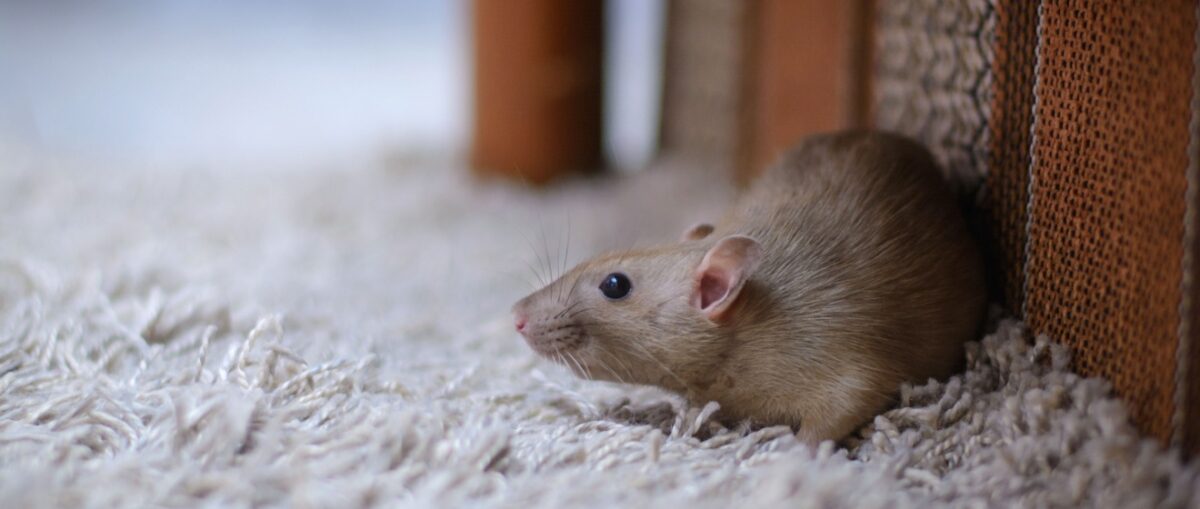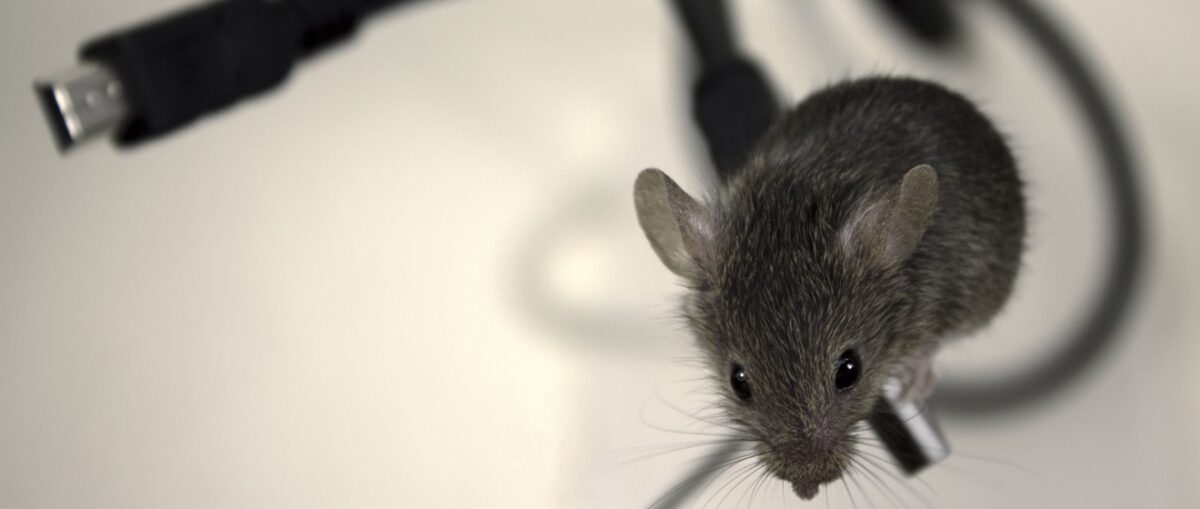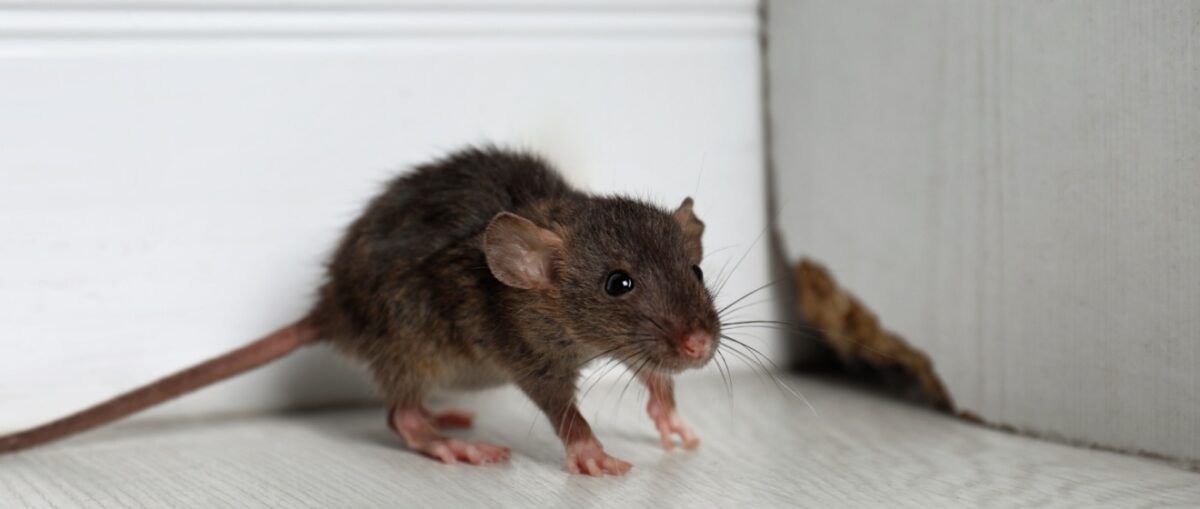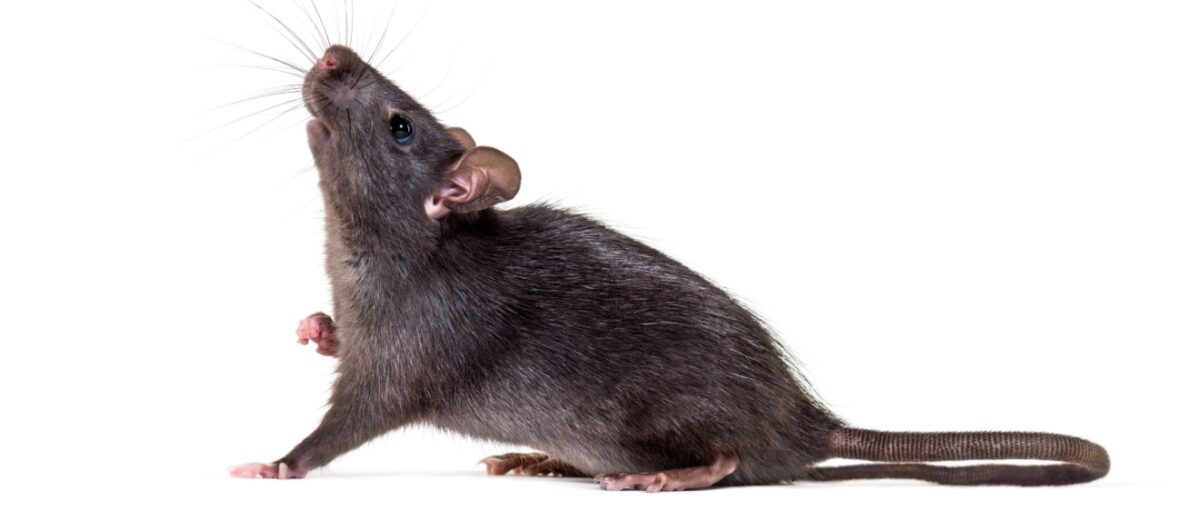Rodent-proofing an apartment building in New York City is no small feat. With a high tenant turnover, limited spaces, and constant streams of garbage, the challenges can seem insurmountable. However, with the right preventive measures, property managers and landlords can keep their buildings secure against infestations. Learn more about effective rodent control services that can help maintain your property’s reputation and value.
1. Seal Entry Points Thoroughly
Mice and rats are experts at finding even the smallest gaps. Begin by conducting a comprehensive building inspection. Look for cracks in walls, gaps under doors, and holes around utility lines. Use materials like steel wool, caulk, or metal flashing to block these entryways. Inspecting the building’s exterior regularly is vital; seasonal changes can cause new cracks to form, providing fresh opportunities for rodents.
2. Optimize Waste Management
Poor waste handling is a leading cause of infestations. Implement a strict garbage disposal policy:
- Use sealed, rodent-resistant trash cans.
- Schedule frequent waste pickups.
- Educate tenants about proper food waste disposal.
A well-managed garbage system limits the availability of food sources that lure rodents into your building.
3. Regular Maintenance of Common Areas
Hallways, basements, and laundry rooms often harbor clutter that provides nesting areas. Keep these spaces clean, well-lit, and free of unnecessary items. Ensure that storage rooms are organized and that materials are stored off the floor. By eliminating hiding spots, you make the building significantly less appealing to rodents.
4. Promptly Address Plumbing Issues
Leaks and pooled water around pipes create ideal conditions for rodents. They require water to survive, and a dripping faucet or faulty pipe gives them a steady supply. Engage a qualified plumber to address leaks and consider installing humidity controls in damp areas, such as basements. Dry environments are far less attractive to rodents and can slow the spread of infestations.
5. Partner with a Professional Pest Control Service
Even with diligent efforts, infestations can still occur. Working with a professional pest control company helps you:
- Identify hot spots and vulnerable areas.
- Implement Integrated Pest Management (IPM) strategies.
- Conduct routine monitoring and adjust treatments as needed.
Professional input ensures that you’re not only tackling the current problem but also preventing future outbreaks.
Going Beyond the Basics
While these top five tips cover the essentials, property managers should remain proactive. Regularly communicate with tenants to encourage prompt reporting of any rodent sightings. Consider investing in building upgrades that reduce vulnerability, such as replacing old door sweeps or upgrading to pest-resistant building materials.
Rodent-proofing an NYC apartment building requires consistency, vigilance, and a commitment to long-term prevention. By sealing entry points, managing waste efficiently, maintaining clean common areas, fixing plumbing issues, and engaging expert help, you create an environment that rodents find unwelcoming. When it’s time to take your prevention strategies to the next level, explore specialized rodent control options from Broadway Pest Services to keep your property secure and pest-free.



